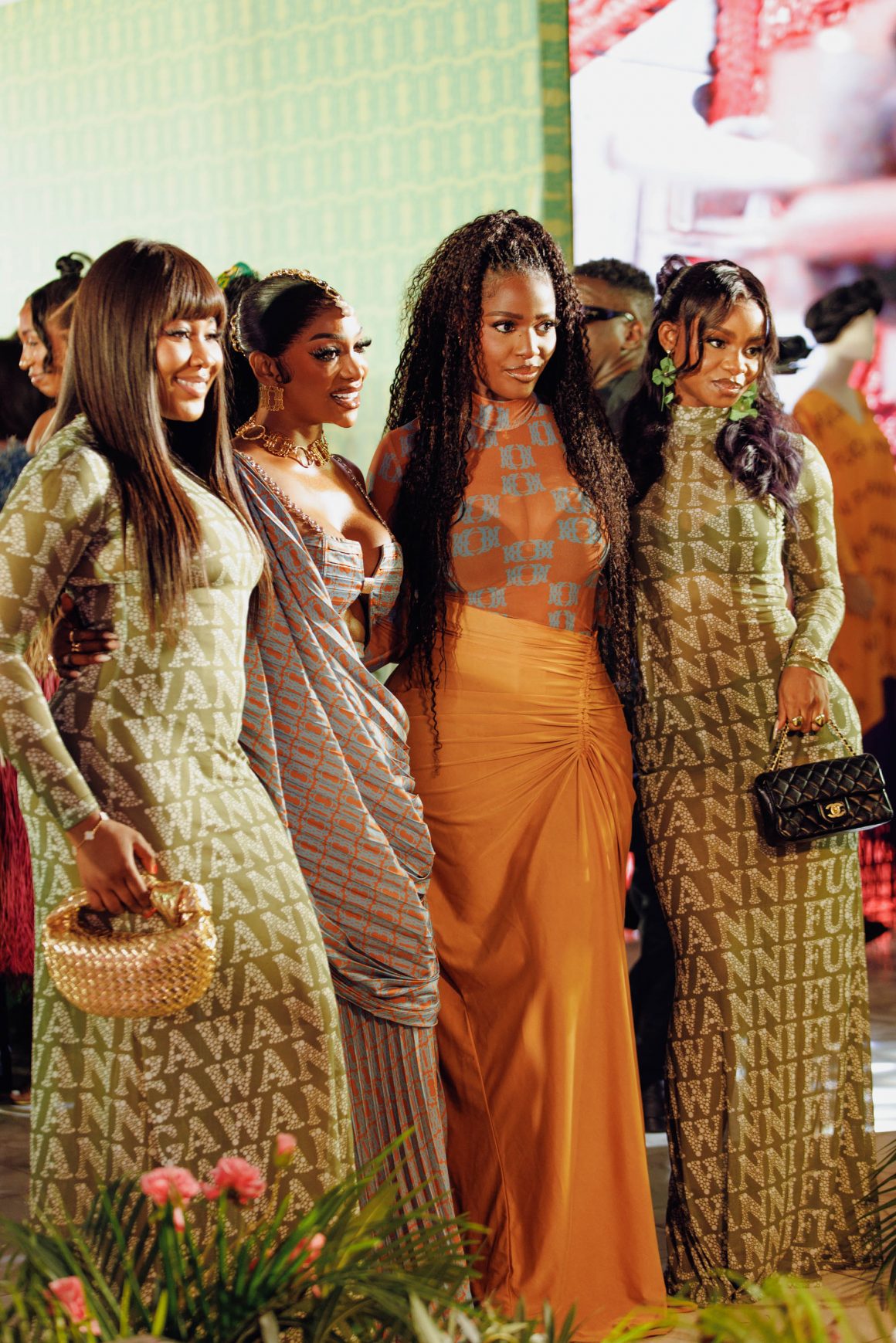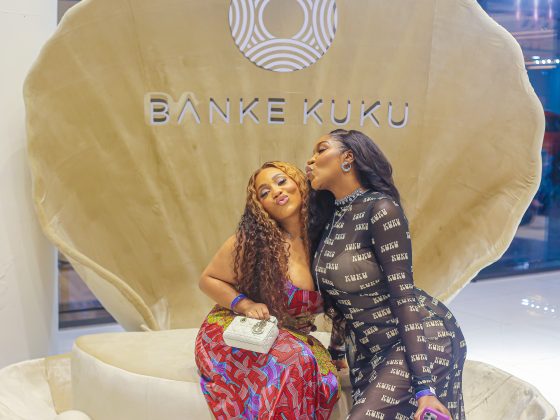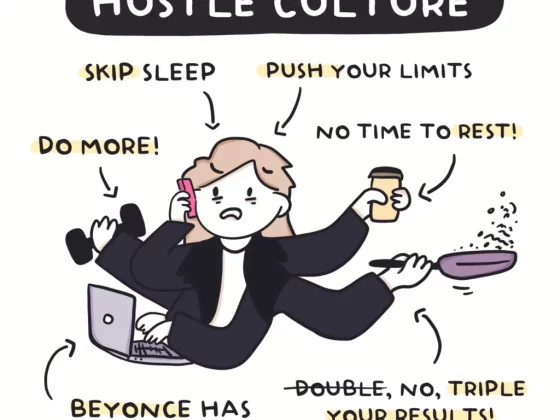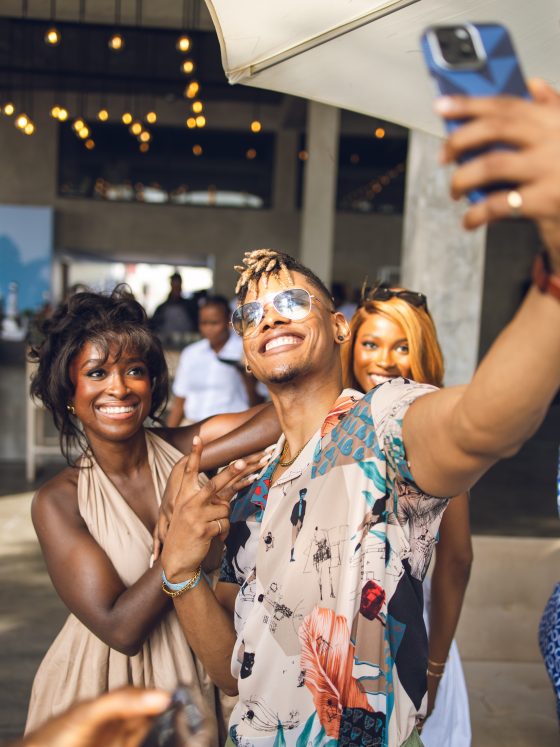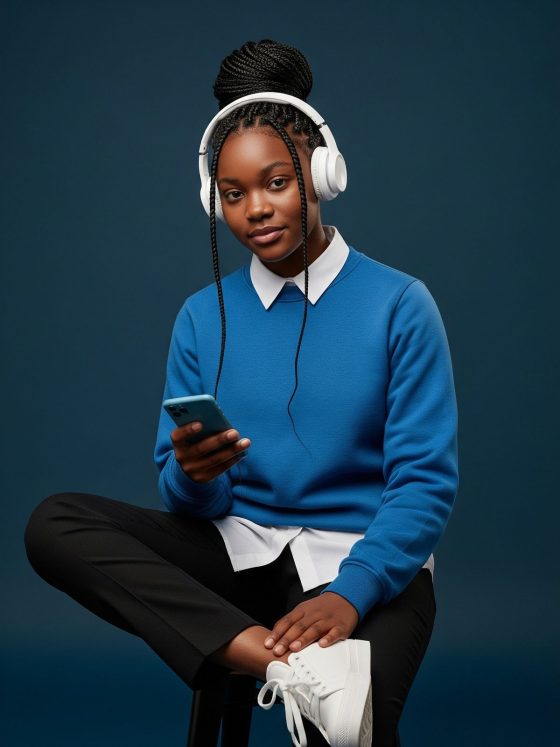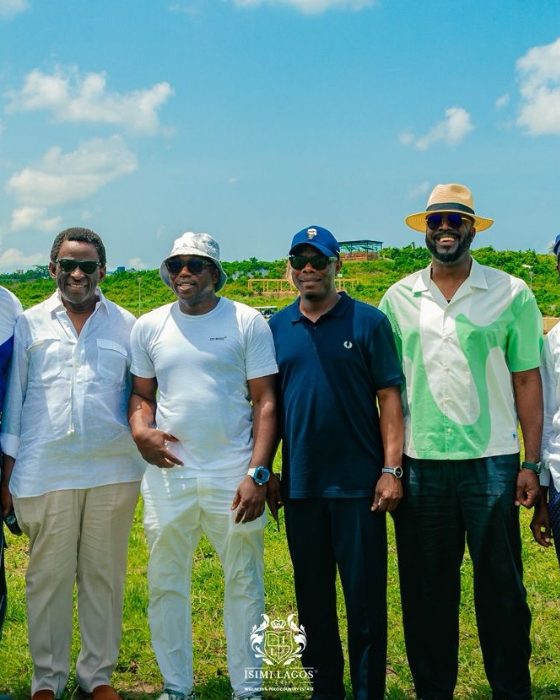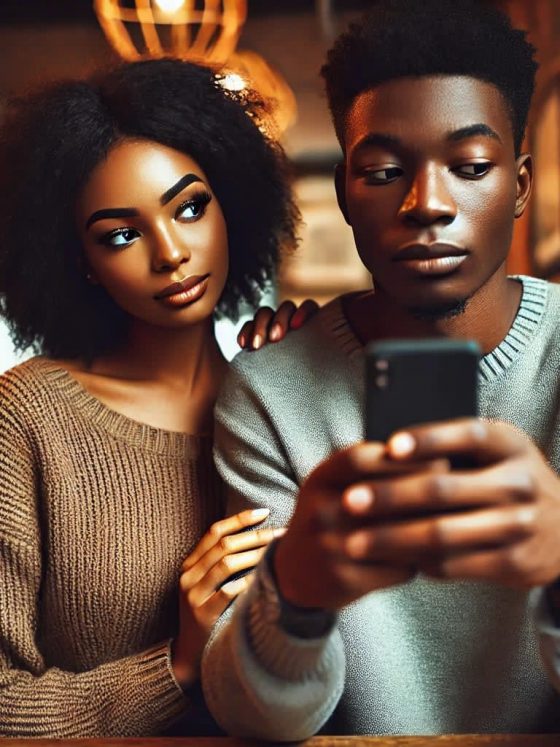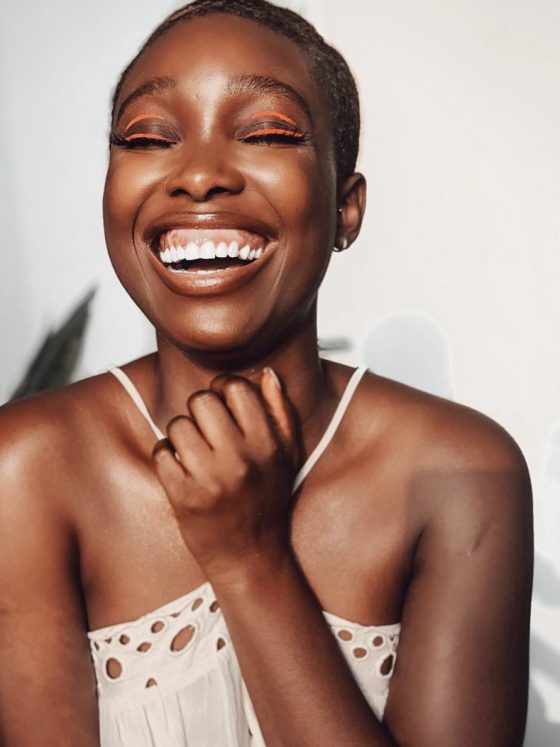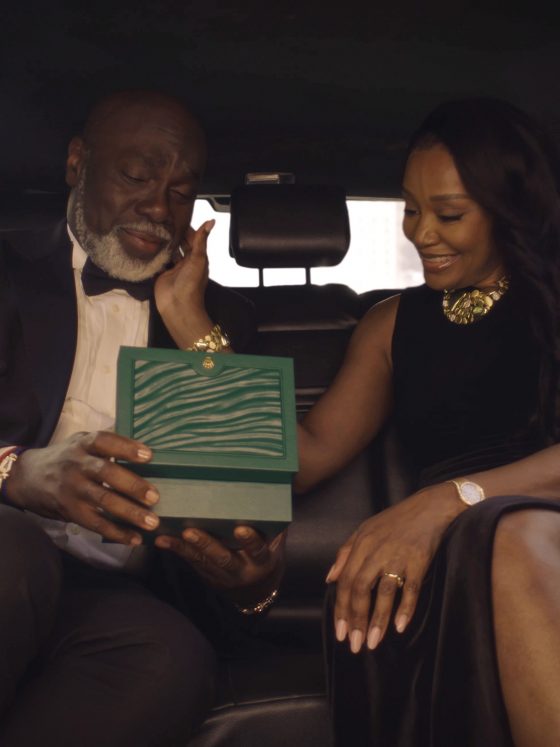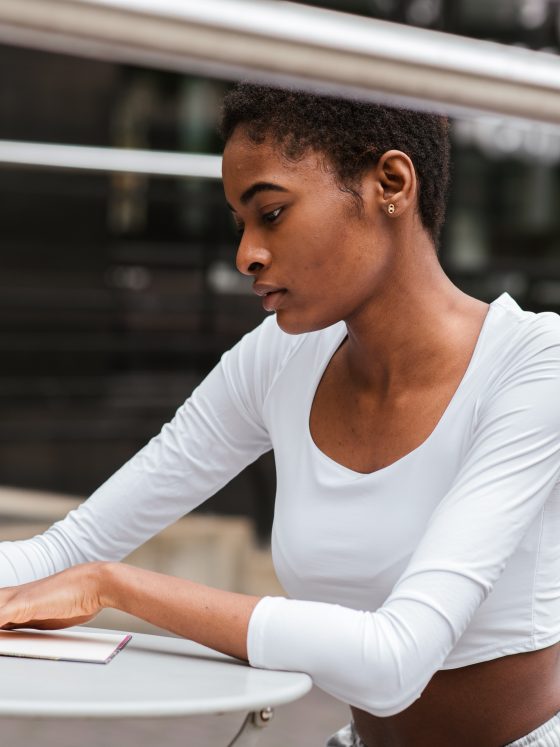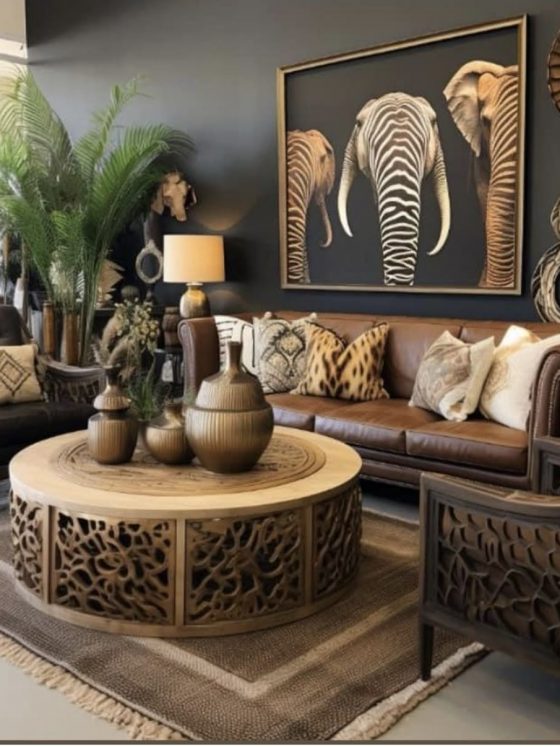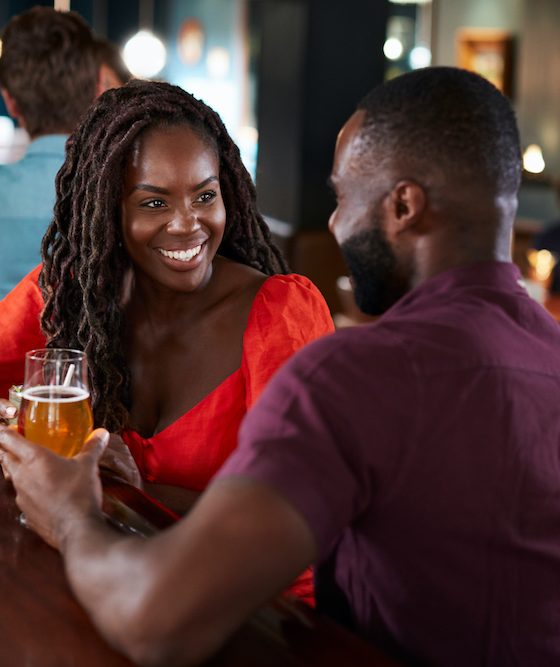In just over a decade, platforms like Instagram, TikTok, and Pinterest have turned our smartphones into digital storefronts and wardrobes into curated virtual influence displays.
There was a time when shopping was a deliberate, sometimes ceremonial, activity. We’d browse racks in bustling markets or wander through boutique-lined streets. Today, that slow-paced, tactile experience has been replaced by a frenzy of instant gratification fueled by the ever-scrolling world of social media.
Social media has dramatically reshaped our relationship with fashion. Where we once relied on glossy magazine spreads and runway shows to dictate trends, we now turn to influencers, viral videos, and hashtagged posts. A single swipe can introduce us to a thousand outfit ideas, a million brands, and countless opinions on what’s “in” or “out.” The result? An entirely new way of engaging with style, driven less by designers and more by the people we follow from our living rooms.
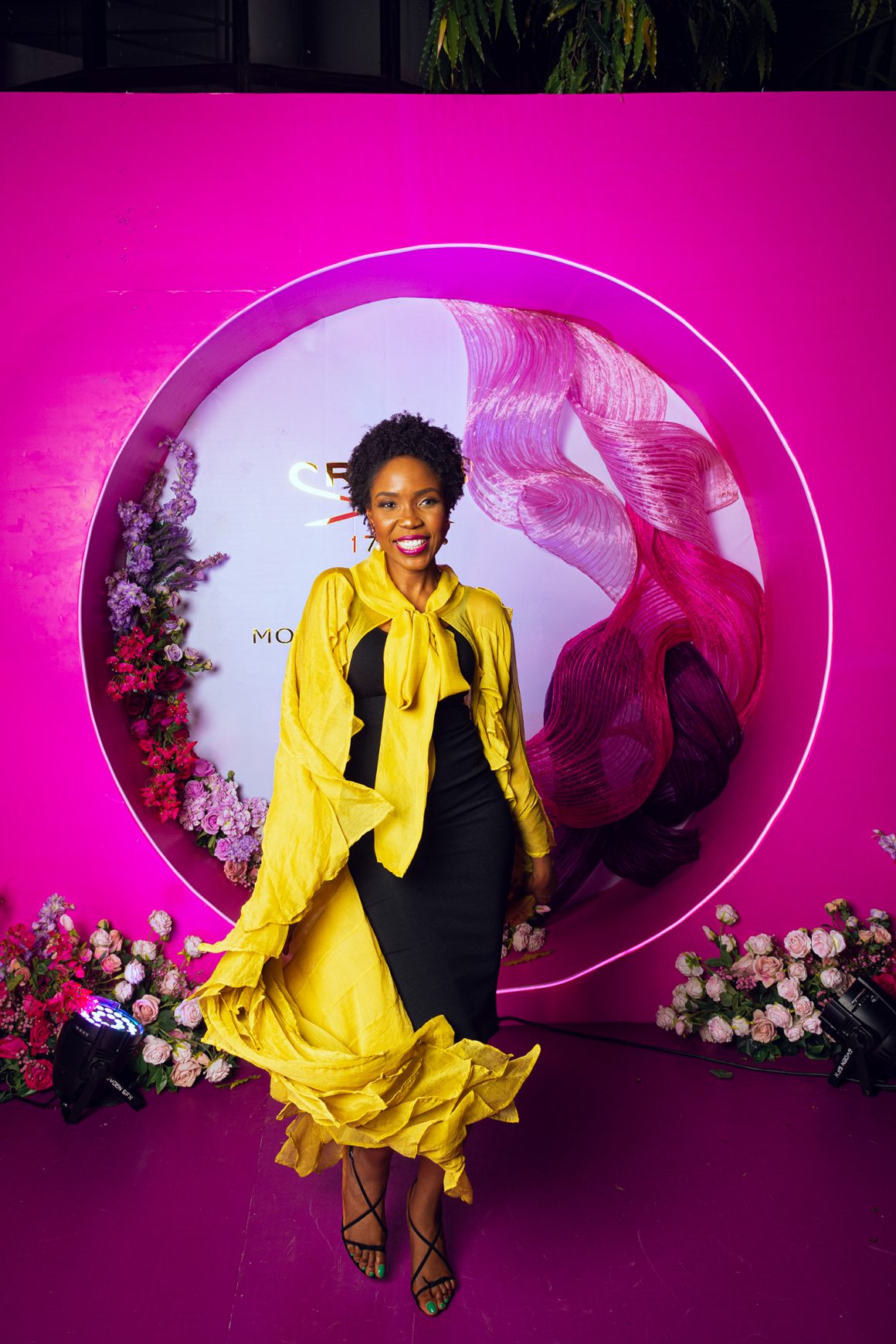
Our closets have become living mood boards. Social media has created a space where personal style feels both personal and performative. Platforms like Instagram encourage us to share our outfits of the day (#OOTD), layering a sense of accountability into what we wear. Who hasn’t wondered, “Did I already post this dress?” before stepping out? The pressure to showcase fresh, on-trend looks has given rise to the phenomenon of “micro-trends” — fleeting fads that dominate feeds for weeks before vanishing into obscurity.
And it’s not just trends; it’s how we shop for them. Social media has blurred the lines between inspiration and purchase. See a dress you like in a video? There’s a good chance you can tap a link and buy it without even leaving the app. TikTok’s “Shop Now” button and Instagram’s shoppable tags have turned casual scrolling into compulsive spending. That impulsive purchase, driven by a quick dopamine hit, often arrives on your doorstep days later, thanks to lightning-fast delivery options. What once required planning and patience now takes mere seconds — and a debit card.
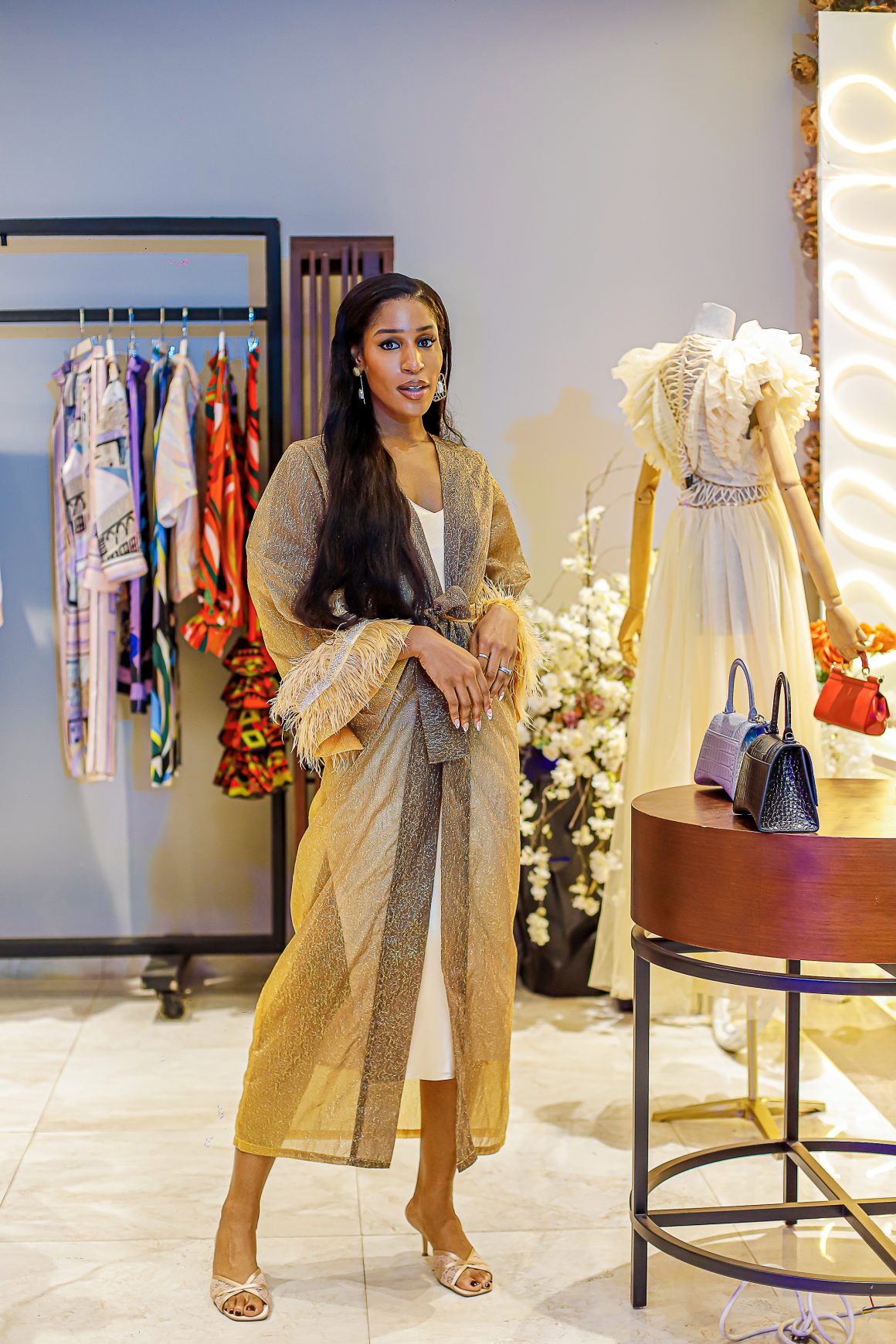
The democratisation of fashion is perhaps one of the most significant shifts. Social media has dismantled traditional gatekeeping in the industry, giving smaller brands, indie designers, and even hobbyists a global stage. Viral moments can catapult unknown brands into overnight sensations, as seen with upcoming fashion brands like Kai Kollective, Hertunba and Desiree Iyama. In this space, everyone has a chance to shine, and fashion is no longer dictated solely by elite houses or glossy magazines.
But the influence of social media isn’t without its shadows. The quest for the perfect feed has spawned a culture of overconsumption. Fast fashion giants thrive in this ecosystem, churning out low-cost replicas of viral looks at an alarming pace. We buy more than ever but wear our clothes less. A dress might make it to your feed twice before it feels outdated. This cycle of excess feeds into environmental concerns, with landfills overflowing with barely worn garments and carbon footprints ballooning from constant shipping.
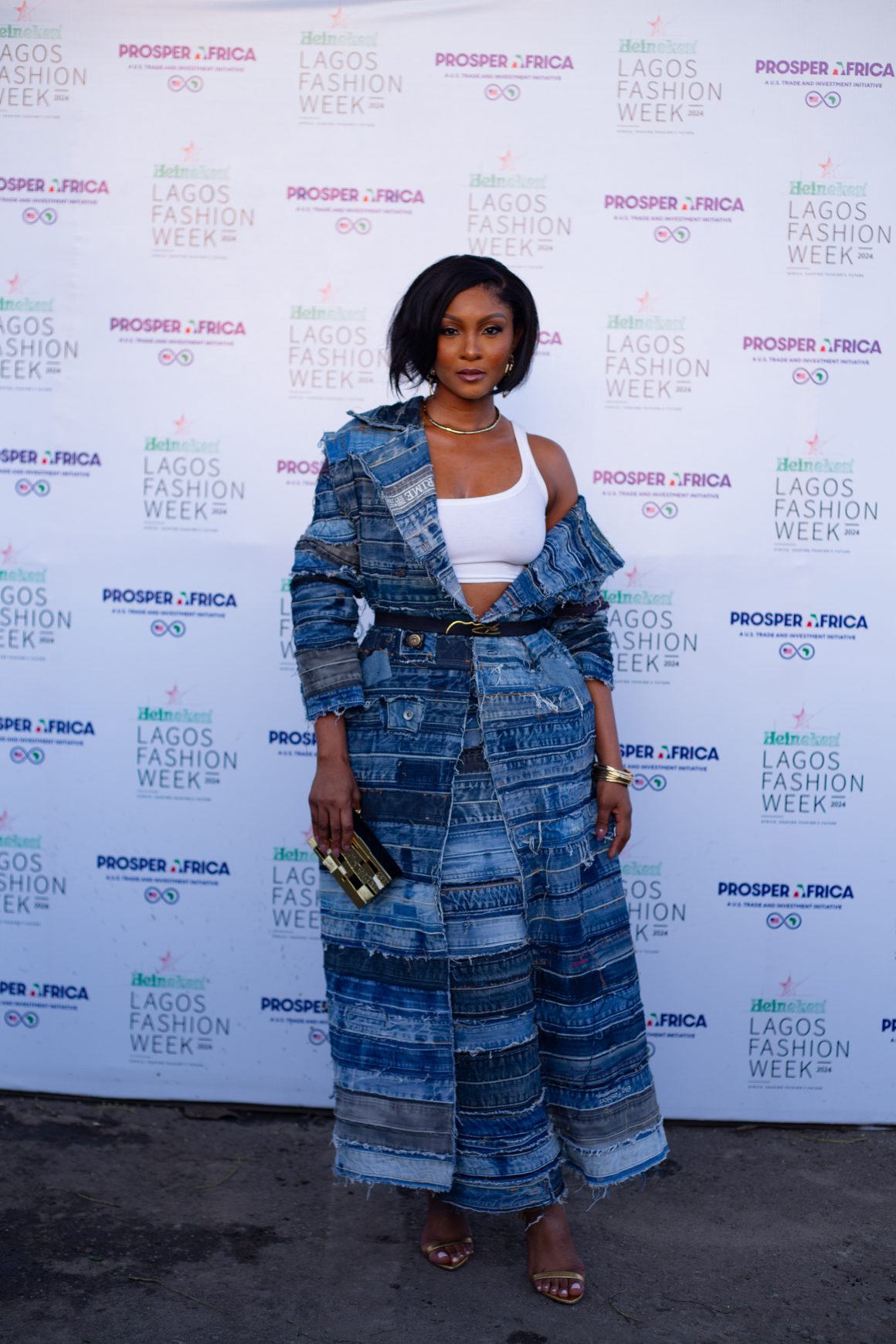
Despite its flaws, social media has also sparked important conversations about sustainability and ethics in fashion. Consumers are more informed than ever, with accounts and creators shedding light on the hidden costs of our clothing — from exploitative labour practices to the environmental impact of cheap materials. This growing awareness has given rise to the resurgence of thrifting and upcycling, both of which have found their champions online.
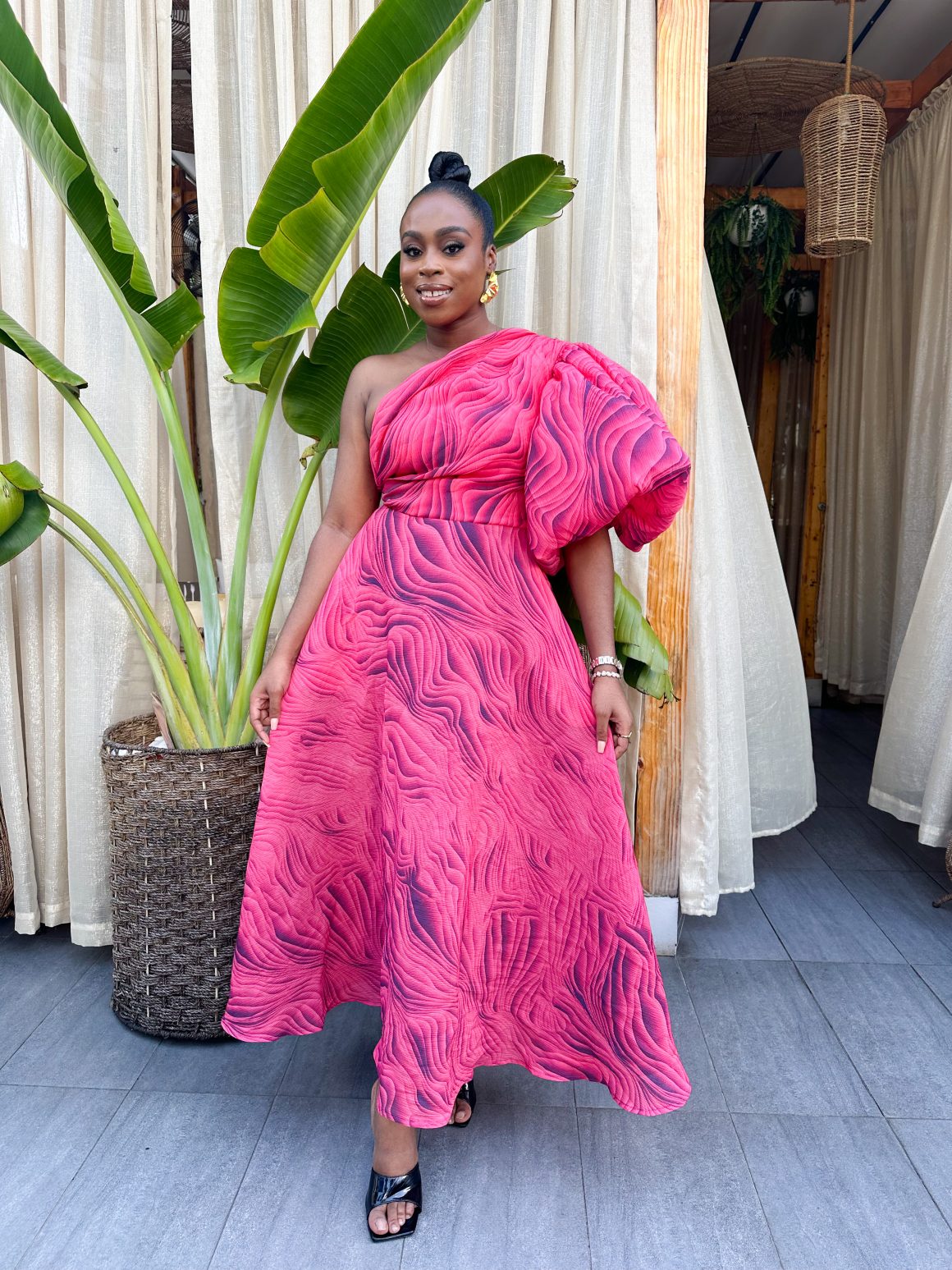
Beyond sustainability, social media has also challenged narrow definitions of beauty and style. The curated perfection of early Instagram has been replaced by more diverse, inclusive representations of fashion. Creators of all sizes, ages, and backgrounds share their takes on trends, reminding us that style is for everyone. We now see hijab tutorials alongside festival outfits and plus-size influencers modelling the same looks as their smaller-sized counterparts. This broadening of representation feels like a win, even as the algorithm continues to push certain aesthetics to the forefront.
At its core, social media has transformed fashion into a dynamic, participatory experience. It’s no longer just about what we wear but how we wear it, share it, and interact with it. Fashion has become a conversation, a collaboration between creators, brands, and consumers. Our closets are no longer static repositories of clothes; they’re extensions of our digital selves, curated for likes and comments as much as for comfort or utility.


